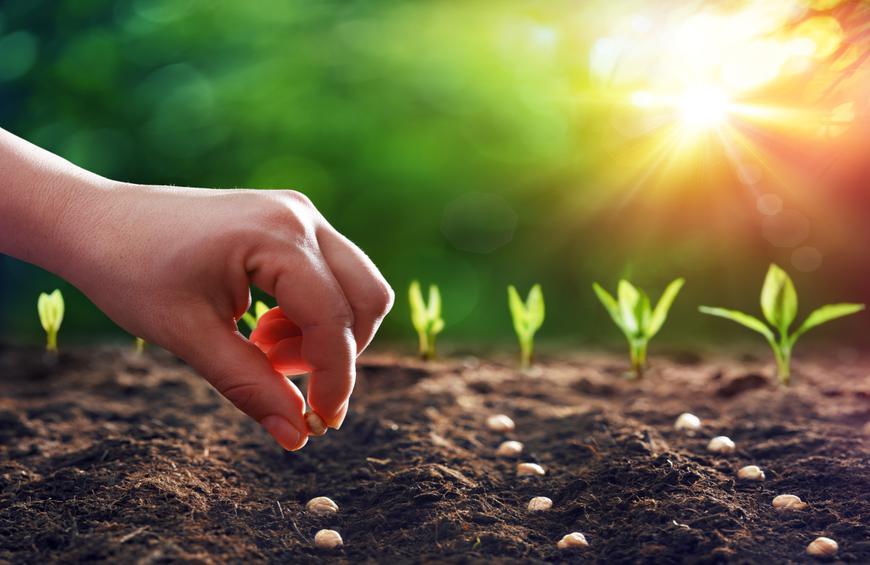Not everyone has a green thumb, but that shouldn’t stop you from pursuing gardening. Fresh fruits, vegetables, herbs and flowers make a yard brighter and can help you to eat healthy on a budget. But if you’re a first-time gardener, there are a lot of things you need to know before you grow. Here are 21 simple tips for starting your own backyard garden.
Know what to grow
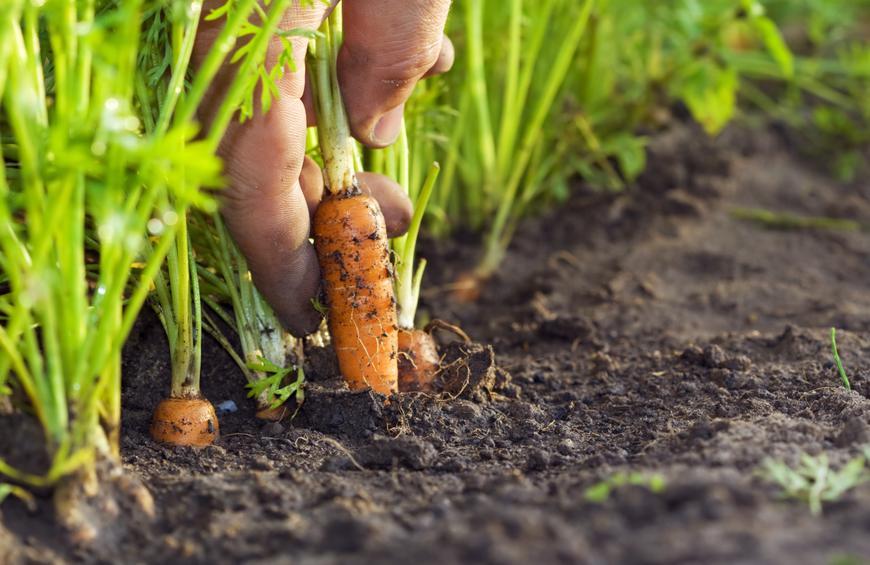
Successful gardening starts with knowing which crops are viable where you live. The USDA’s plant hardiness zone map indicates the 11 different climate zones in America measured by the average annual extreme minimum temperature. Seed packaging and plant labels will tell you what grows best in your area.
Know where to grow
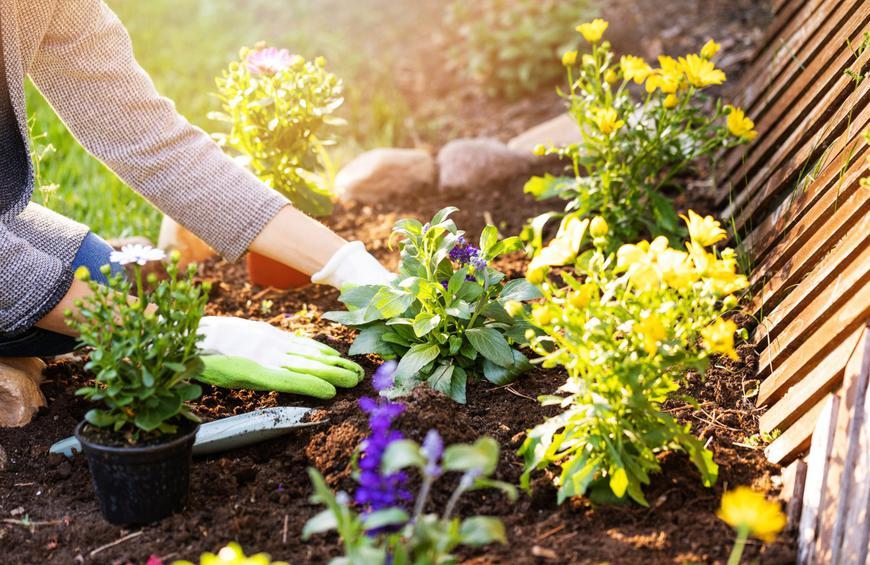
Knowing what you want to grow will help you decide where in your yard is the best place for a garden. Some plants like direct sunlight, while others prefer shade. Check your plant package for this information.
Test your soil
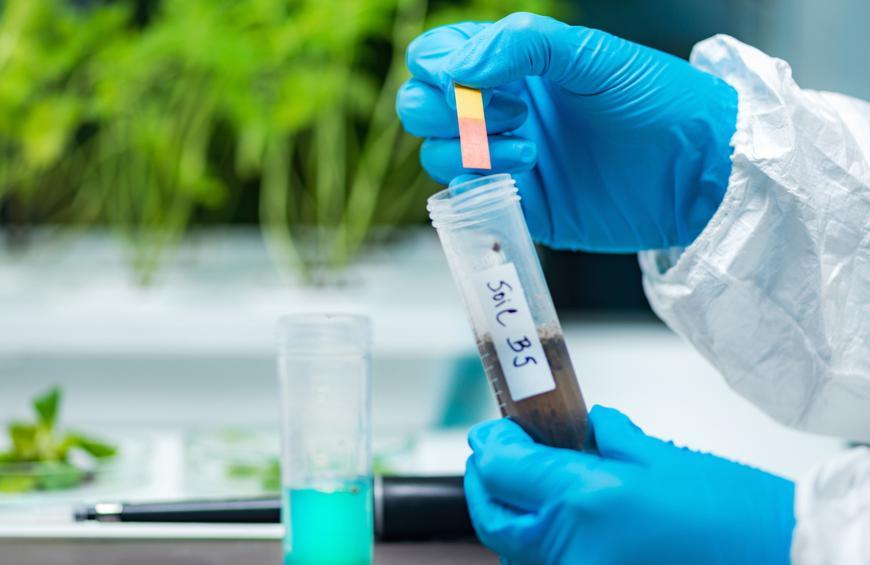
To make sure your soil is healthy enough to foster plants, send a sample to the lab or use an at-home kit to measure the pH level of your land. Different fruits and vegetables can tolerate varying pH levels, but generally speaking anywhere from 6.5 to 7 will do (except for eggplant, melons and potatoes). It’s also important to test for these three nutrients: nitrogen, potassium and phosphorus. If your test yields bad results, you’ll have to take some time to correct the deficiencies.
Consider raised beds
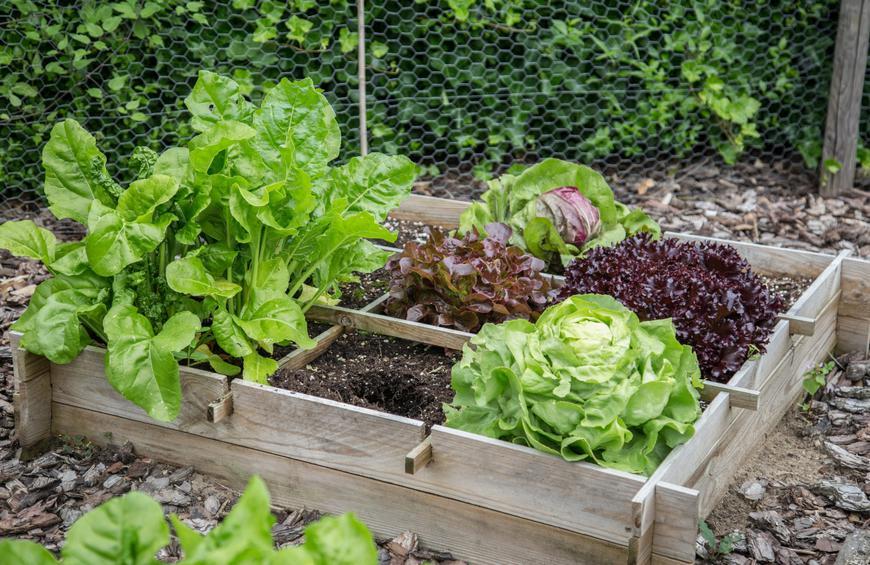
Being new to gardening, you want to set yourself up for success — and a raised garden bed may be the best way to do that, even though it might take more investment up front. You will have more control over soil in a raised garden bed as well as simpler weed and pest control. “I always advise beginner gardeners to build raised beds,” said Desiree Thomson from Gardening Services London. “They are really helpful when it comes to separating plants according to their needs. In raised beds, you can grow different sets of plants, all grouped in separate patches.”
Map it out
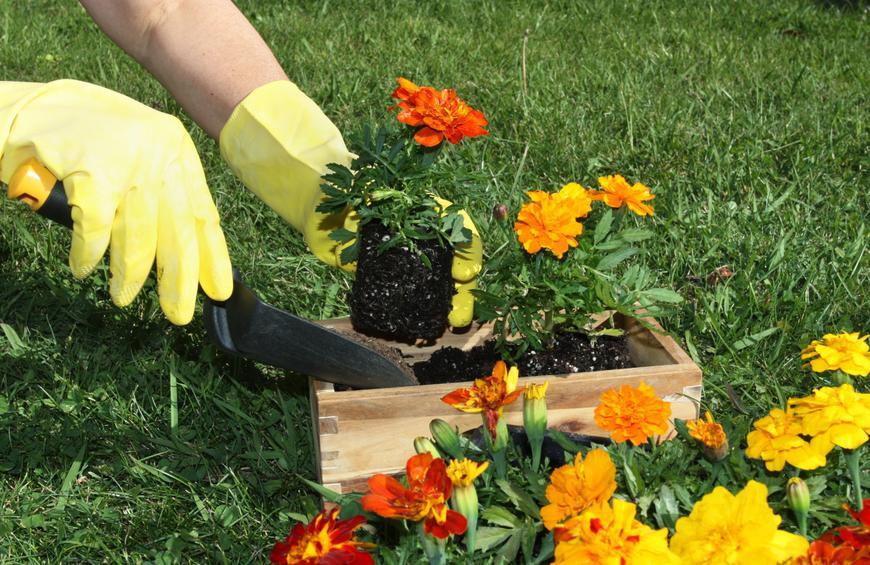
Now that you know what your soil is like, what kind of plants you should grow and where you are going to put your new garden, spend some time mapping it out before you break ground. This will help you double-check that you are optimizing your space properly.
Get some gear
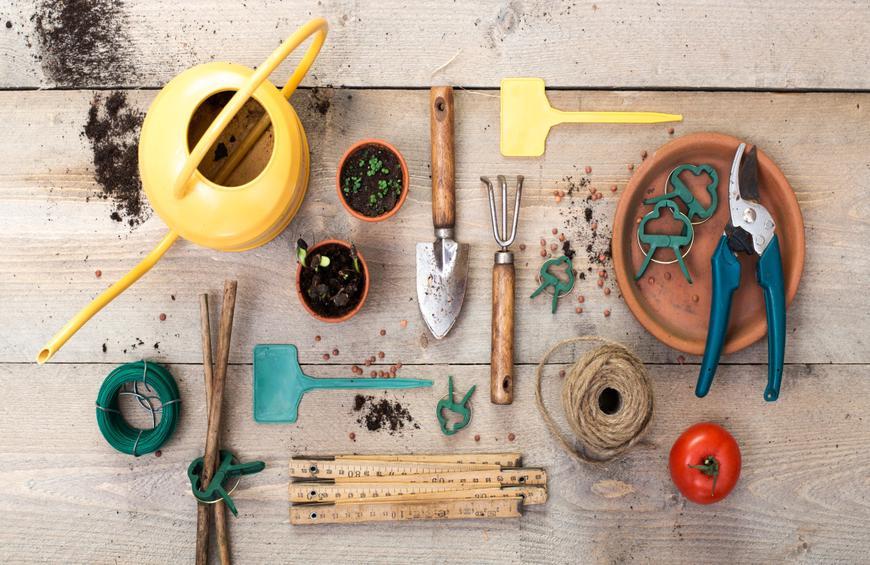
Without the right tools, or any tools at all, you can run into a serious mess quickly. Some essentials include breathable water-resistant gloves, pruners, loppers, a garden fork, a hand trowel, a spade, a rake, a hoe, a hose with an adjustable nozzle, a watering wand or watering can and a wheelbarrow.
Use seed starter kits
